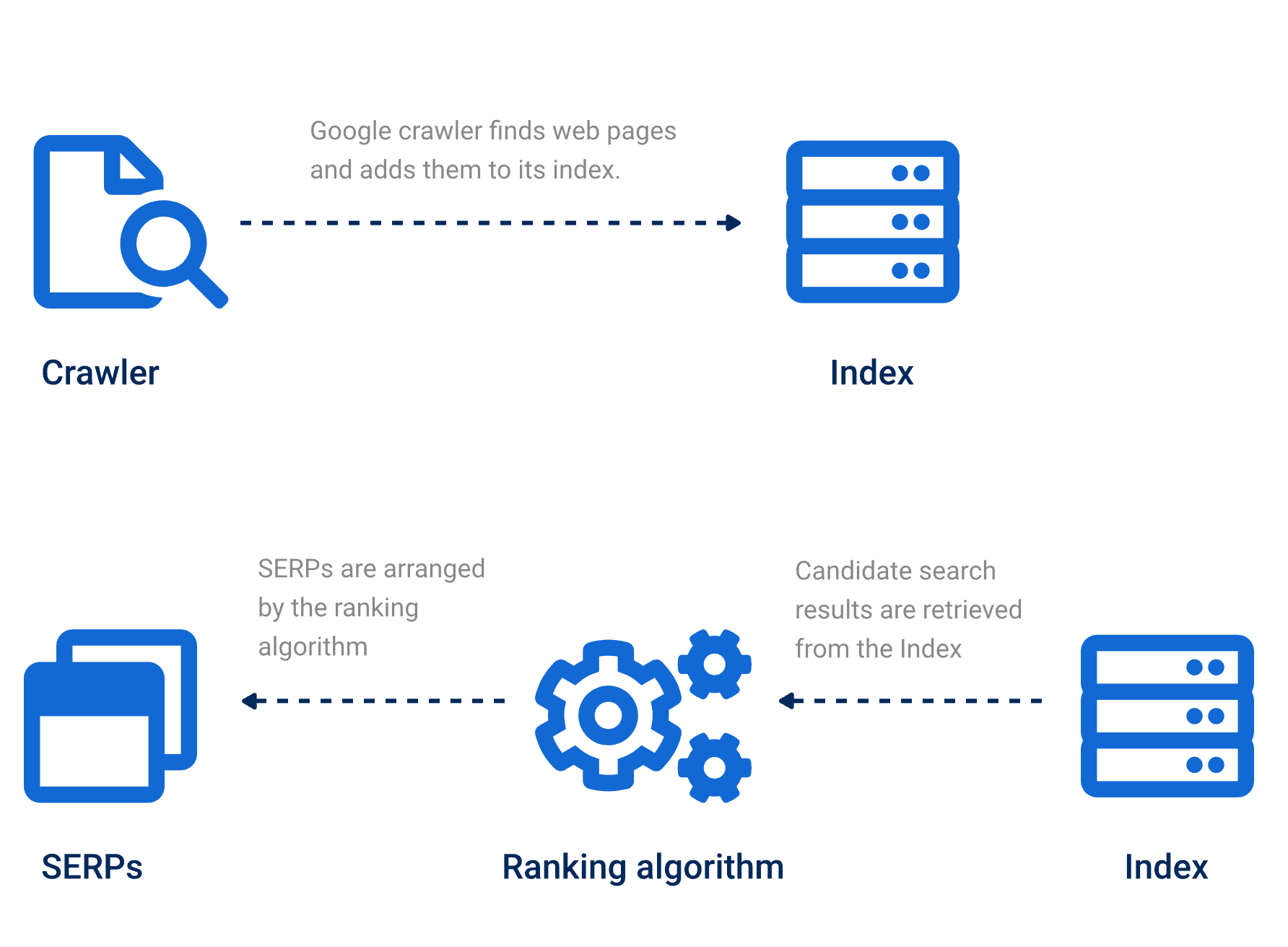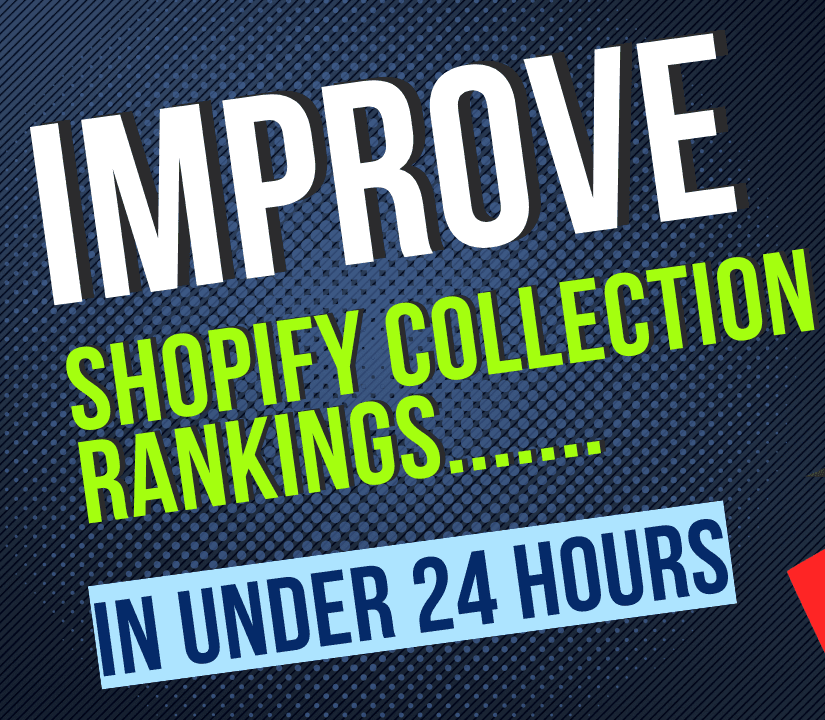The Problem With Print On Demand SEO & How To Solve It!

Print on demand (POD) businesses can be highly successful, but they are prone to website SEO issues.
A typical POD business will use Shopify or an alternative ecommerce platform, list custom products such as t-shirts, hoodies, other apparel, mugs and gifts for example. Generally custom graphics or imagery is created for the products using a tool such as Canva or MyDesigns, and then uploaded to POD suppliers such as Printify or TeeLaunch.
The SEO Problem
Unless the POD business takes particular joy in either hiring an SEO agency, or takes on the work themselves, they generally avoid or dislike the time and investment required to implement the actions required.
In fact, I know many SEO agencies that will not take on POD clients, as they know first hand how much work is involved, and that the ROI for them as an agency, is just not there.
The main reason for this, is scalability of content updates (mainly product pages), and non unique content that is generated by the POD suppliers.
Why This Happens
Using suppliers such as those mentioned above can make the creation of products and exporting those products to Shopify, and then by extension to 3 party channels such as Etsy or Amazon, incredibly easy and scalable.
However most of the popular platforms, create boilerplate product meta data, including SEO titles, SEO descriptions, titles and product descriptions.
There are a number of issues with this including:
- duplicate content is published across 100s or 1000s or stores. This is then duplicated further if stores use 3rd party platforms;
- Customers see the same content over and over again on many stores, creating poor user experience;
- If store owners limit the changes they make to meta information, or even make no changes at all, products will struggle to gain organic exposure in search engines such as Google & Bing.
While there are many facets to gaining organic traffic, one of the foundations is quality content. Using the same content as 1000’s of other stores, simply is not good practice.
Below you can see content that is automatically created using Printify. This particular example is for the must popular and best selling t-shirt on the platform. Every store that automatically imports products with this content without editing it, will have the same (or very similar) content as 100s or 1000s of other stores.

How We Can Solve This With AI
Ideally, you’d want to manually update the content for your product pages in context and due diligence. This though, is not viable for stores with many products, or even for smaller stores, where the store owner is not inclined, is lazy, or simply doesn’t know how to implement SEO.
With OptizenAI, we can update the important SEO meta fields including SEO titles, SEO description, H1 page titles, and complete and enriched product descriptions at scale.
You have complete control and flexibility in how to guide the AI to execute prompts. We also have a growing list of prompts in the public prompt repository.
There are some nuances when working with POD products that have been imported from POD suppliers. I discuss this in the video below. I actually make a mistake in the prompt creation process, and show how I rectify it to complete an update of these 4 pillars in the demo. Once the prompts are tested, you can simply update 100s of products at once as you need.
Below you can see a simple dedicated POD prompt for SEO titles, that is available in the prompt repository.

The TL;DR version is in the video below.
Ready to Boost Your Shopify Store?
Increase revenue with video upsells and dominate search rankings with AI-powered SEO.
Related Articles

Shopify Google Indexing: Concepts & Strategies
To improve Google indexing for a Shopify store, optimize each product page with unique titles, descriptions, and alt tags. Regularly update content, submit the Shopify sitemap to Google Search Console, and ensure fast page loading. Adding relevant backlinks and improving mobile usability also boosts indexing speed. What is Google Indexing for Shopify Google indexing is […]

Our Exact Process Of Improving Rankings, Traffic & Revenue From Shopify Collection & Sub-Collection Pages in Under 24 Hours
One of the core (and first) features of the Optizen Shopify app, was the feature to simply add content below the product grid in Shopify collection pages. We then also integrated the same feature into Shopify tag pages to create editable and SEO optimized sub-collection pages. But….it’s more than just adding any old content. We […]

A Simple Method To Build Ecommerce(Shopify & Woocommerce) Site Structure & Topical Maps
The following video walk through how we build ecommerce site structures and topical maps with a very simple approach. Building a topical map can get quite complicated. The following is how we do it in most cases, that works to improve useability and organic exposure. View The Video View the video below.